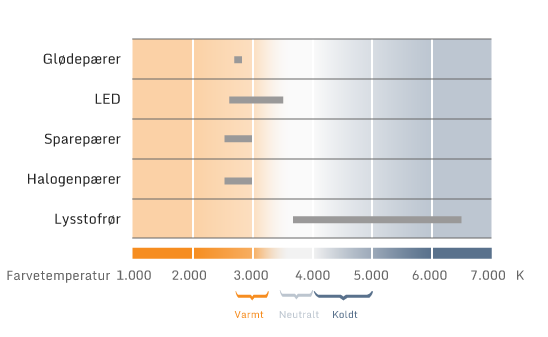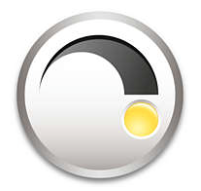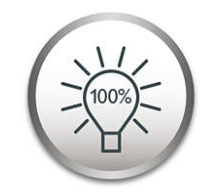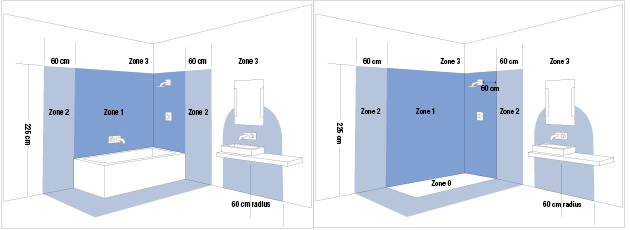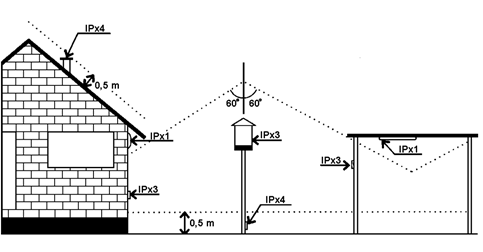Guidance and adviceRead more... At AndLight.com, we believe that we owe it to our customers to provide the best possible service, so that you can find the perfect lamp for you. In this section, you will find answers to a bunch of technical questions. If there is something you cannot find the answer to, then please call us at +45 44446244. Our friendly and qualified employees are ready to answer any lamp-related question you may have. Choice of light bulbIn this section, AndLight.com provides an overview of our selection of bulbs and the advantages of these. When it comes to LED lighting, people tend to think that LED gives a cold light, like the light from a fluorescent tube – this is no longer the case! Due to technological advances, it is now possible to buy LED bulbs with the same warm and pleasant light as a halogen- or incandescent bulb. Colour temperature of LED lighting is measured in Kelvin (K). It is therefore paramount that you know what colour temperature you want when buying a LED bulb. We always recommend LED lighting with colour temperature of 2700 Kelvin, which gives that bright, warm light known from halogen- and incandescent bulbs. With a bulb of 2700 Kelvin, you are insured a nice, comforting, and calming light. If you need even warmer illumination, resembling that of a flame, you should opt for a bulb of 2200 Kelvin. With a bulb of 2200 Kelvin, you will get a more glowing light, which can be nice in the bedroom. On the other hand, if you want to create a more formal, functional atmosphere, then pick a bulb of 3000 Kelvin. This will give you a brighter and whiter light, which can be the right choice for office lighting, as this light makes it harder to doze off. The Master LED series by Philips is AndLight’s go-to choice for light bulbs. Philips’ Master LED bulb gives a warm dimmable light, which creates a welcoming and comfortable atmosphere. The Master LED series from Philips is the perfect alternative to halogen- and incandescent bulbs, as they provide the same beautiful warm light, while saving you money! At AndLight.com, you can buy any Philips bulbs, though only a standard selection is available on the website (this selection consists of the bulbs most suitable for our large selection of lamps). If you find yourself in need of a certain bulb and you cannot find it on our website, just give us a call at +45 44 44 62 44 or write us an e-mail to info@AndLight.com, and we will see if we can’t get it for you. If you are looking for bulbs for an E27 socket, the Philips’ LED Bulb series offers three excellent choices: the 6W (40 W), 10W (60 W), and 13W (75 W) bulbs. These can all be dimmed. If you need a bulb with an E14 socket, we recommend that you take a look at Philips’ LED Kerte series. Philips’ LED Kerte is available in 3,5W (25 W), and 6W (40 W). These are also dimmable. If you still have not found exactly what you are after, may we suggest that you look at Philips’ LED Prisme series? This is a great alternative to the LED bulb series. The Prisme series brings a more sparkling light, but maintains the warm and calm colour. The bulb is very beautiful no matter whether it is on or off – a perfect match for more decorative lamps. The Advantages of LED bulbs: During the last years, we have seen a rapid development within LED lighting. This has made it possible to have beautiful, warm, evocative, and functional lighting, while simultaneously saving money on the electricity bill. When choosing LED light bulbs for your home and you want a warm and pleasant light – like that from a halogen bulb – choose LED bulbs with 2200-3000 Kelvin. 1. Very low energy consumption – even better than a saving bulb. Light diminutionIf you want to dim your light, please note that halogen bulbs are currently the only bulbs guaranteed to dim with the use of the dimmers found on the market today. Halogen: >Therefore, Halogen is the obvious choice if you want to be able to dim your lights. It’s always nice to be able to dim the light to create the right mood in the evening. Besides dimming, you’re also saving energy. But note that the energy you’re saving is not moving along the dimming. So, if you dim you bulb to half the brightness, you won’t save 50% but less. LED: Not all LEDs are dimmable. If they are, this information will always be stated on the outside of the box. Also, be aware that not all LEDs will work with a light control dimmer that has previously worked with halogen and incandescent bulbs. That means that in some cases, your light control dimmer will need to be adjusted to fit the low energy voltage and the specific electronics in LED. Energy-saving bulbs: Today it is possible to buy dimmable energy-saving bulbs, yet pay attention to the information given on the box of the specific bulb! There are two types of energy-saving bulbs: 1. A type that can be dimmed through a regular light control dimmer and does not require much work. 2. A type that you can dim through the push combinations on the switch. It’s very important that you read what it says on the box or the manual about the push combinations. Make sure your dimmable energy-saving bulb works with your light control dimmer before buying the bulb. Occasionally, the energy-saving bulb will not work with your current light control dimmer intended for halogen and incandescent bulbs. Halogen Incandescent: You will have no trouble dimming these. Halogen bulbs up to 230V can be dimmed as incandescent bulbs. No need for new dimmers here. However, be aware that this type of bulb uses much more power than the above - plus halogen bulb are being phased out due to an EU-directive. Bathroom Lighting As part of modern lifestyle, we spend longer and longer in our bathrooms. Therefore, it is adamant that one chooses the right lighting – the perfect lamps and the correct bulbs make all the difference! Most people also want lighting above the mirror. It is important to keep your own personal taste in mind, as some lamps give more directional light than others. However, we do recommend that you do not choose directional light near the mirror - and that you do not place the lamp too high. When choosing bathroom lighting, the most important aspect is to avoid shadows. Shadowless lighting is to be preferred, as this gives a better spatiality and thus heightens the bathroom experience. The following section will give you an overview of the safety measures you need to adhere to when choosing bathroom lighting. Special safety requirements for bathroom lighting: When buying lamps for your bathrooms, you need to know the special safety requirements for light fixtures in a wet room. When installing lamps in the bathroom, the distance between the lamps and the bath mixer is crucial. Make sure that the lamps you are considering for your bathroom are bathroom approved as compartment lighting. This is of the outmost importance, as not all lights can handle the high humidity in a bathroom. The bathroom is divided into four zones, and these determine the requirements for light mounting. The zones go from zone 0 to zone 3; zone 0 is the wettest part of your bathroom and zone 3 the driest. Every zone has an IP-number connected to it that indicates the density of a lamp. The first digit of the IP-number indicates how strong the protection from dust is, and the second digit indicates the protection from water. The higher IP-number, the better protection. Zone 0 The wettest part of the bathroom. Only use lamps intended for use in the inner part of the bathtub or shower with a minimum of IP67 and maximum of 12 volt. Zone 1 This is the area above the bathtub or in the shower. Lights mounted less than 60 cm from the showerhead must be IP44 or more. Zone 2 Zone 2 is the area just outside the bathtub or shower. Up to 60 cm from the edge of these, all lights must be IP44 approved. Consult the picture, if in doubt. Zone 3 This area covers everything more than 240 cm from zone 2. That means that all lamps mounted within 3 metres from the bathtub or shower must be at least IP20 approved. Make sure you follow the strict rules regarding bathroom lighting, as you are only allowed to install lamps on your own in zone 3. In all other zones, a professional must install the lamps for you. If you have any questions about IP numbers or a certain lamp, call us at +45 44 44 62 44. We will be happy to help. Outdoor lightingWelcoming your guests with a beautifully lid pathway, sets the tone for the evening. It is important to remember proper outdoor lighting, as this will both guide you and your guests safely to your front door and add that all-important welcoming feel. We therefore strongly recommend that you spend some time choosing the right light for your specific needs. Take a look at your house and your garden – where should the lights go? They need to be placed so that you can navigate safely and with ease. If you have any questions AndLight.com are here to take your call at +45 44 44 62 44. Find your outdoor inspiration here. Please bear in mind that your outdoor lights will be exposed to the elements. An outdoor light needs to be sturdy and weatherproof. It is therefore important that your choice of light has the appropriate IP-number. The IP-number indicates the density of a lamp. The first digit of the IP-number indicates how strong the protection from dust is, and the second digit indicates the protection from water. The higher IP-number, the better. 2. If the lamp is to be mounted on a wall (more than 0.5 metre off the ground) a minimum of IPX3 is required. 3. If it is a freestanding lamp, or if it is to be mounted less than 0.5 metre from the ground, make sure it is IPX4 approved. It is important that cables from outdoor lighting are either mounted on the building or buried under ground. As outdoor lighting count as fixed installations, only trained professionals are allowed to install them. Remember that these rules also apply to mounting and replacing existing lights. 4.7/5.0 estrellas +2400 reseñas Siempre con envío gratis Derecho de devolución de 365 días Igualamos el precio de todos sus productos Tienda oficial con más de 100 marcas de diseñador No se encontraron productos |




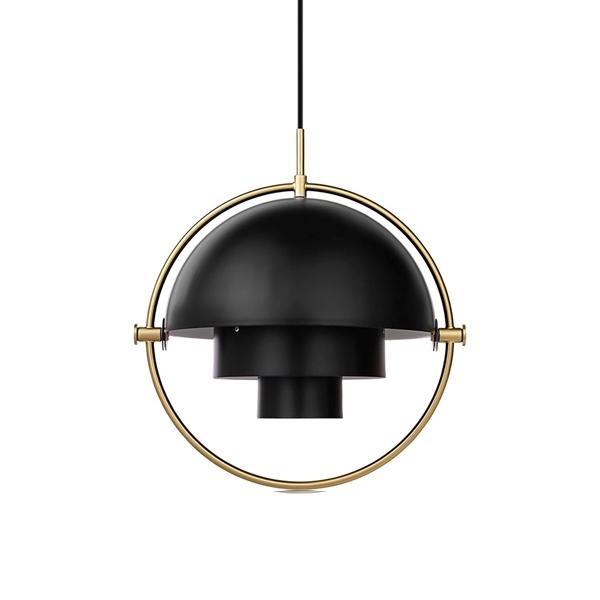

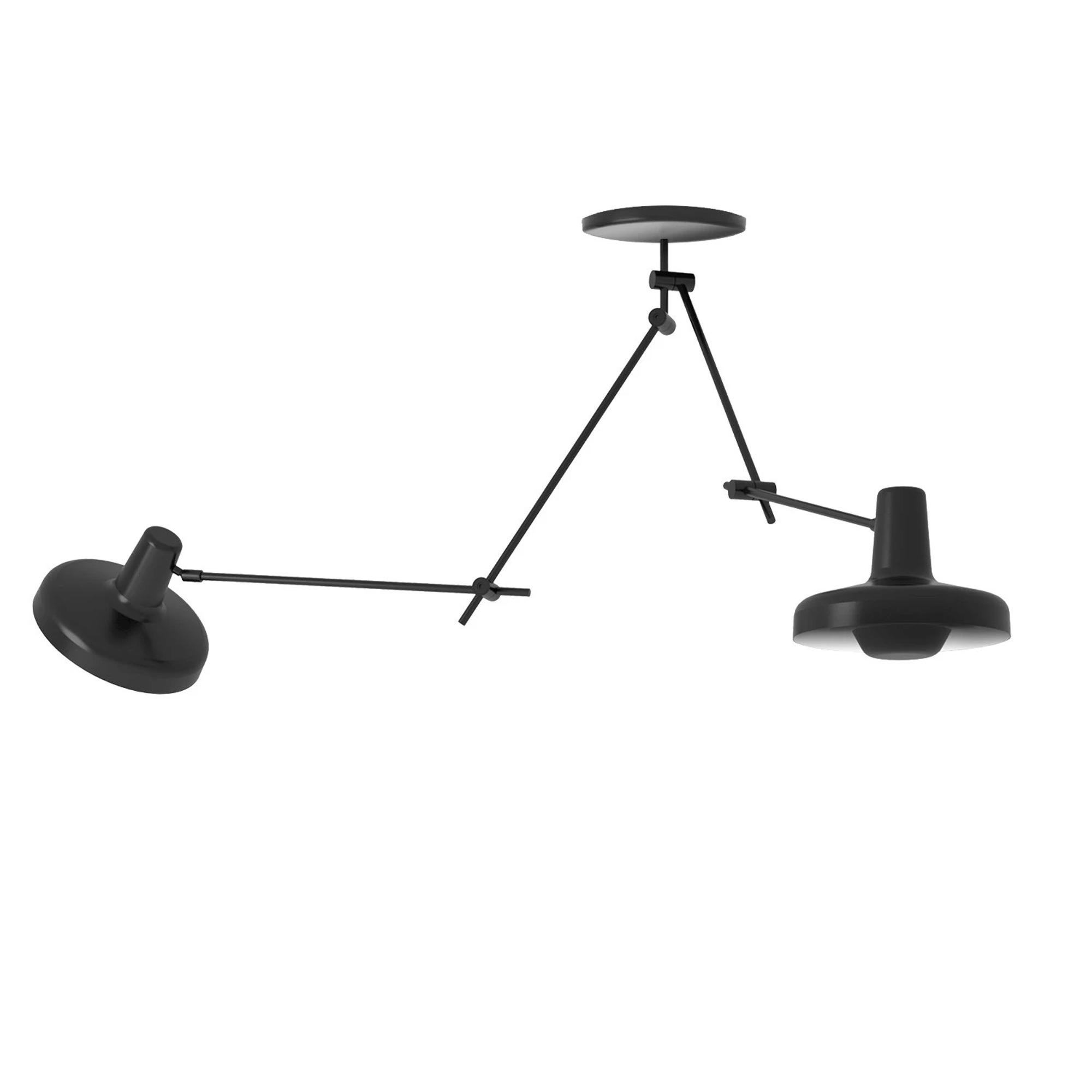
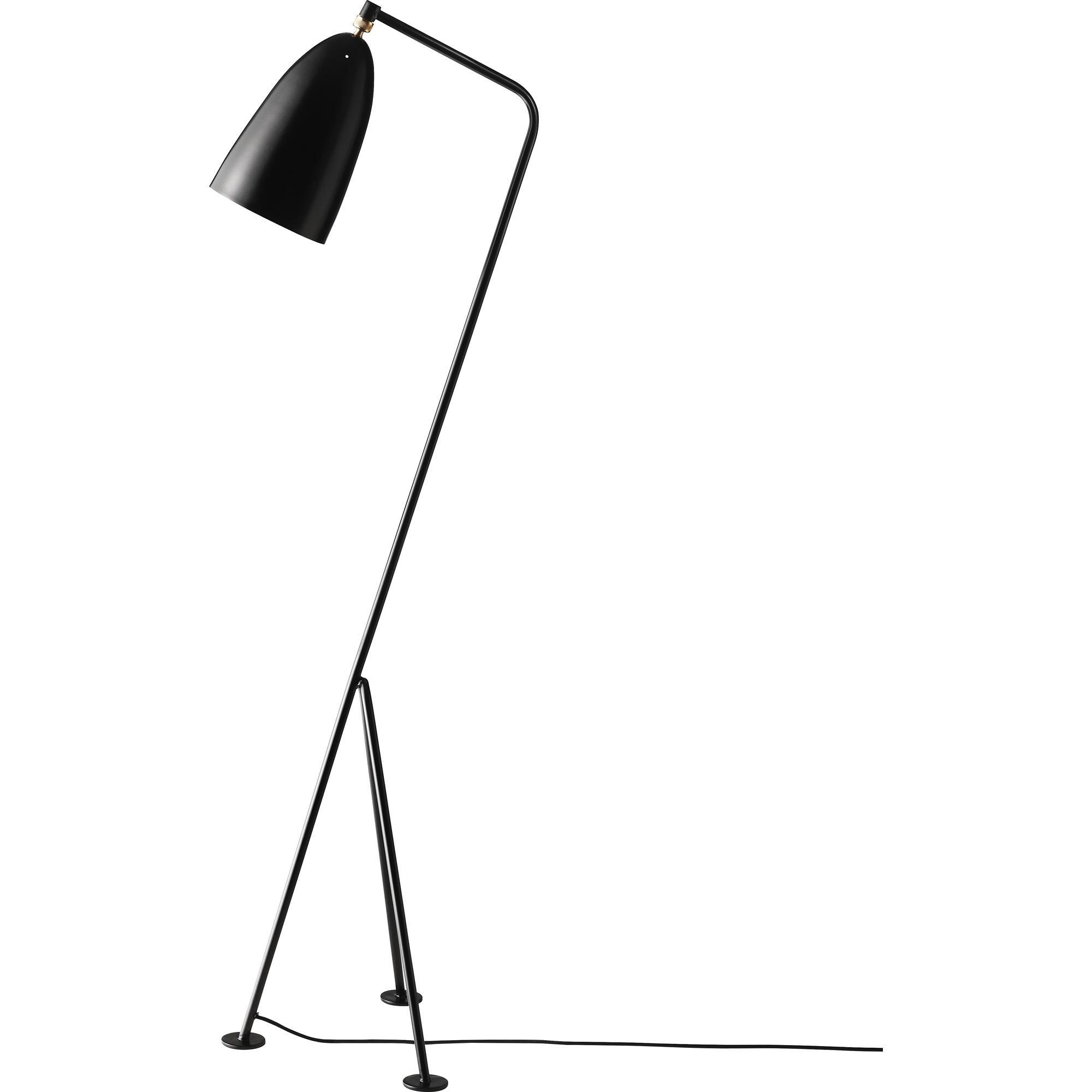
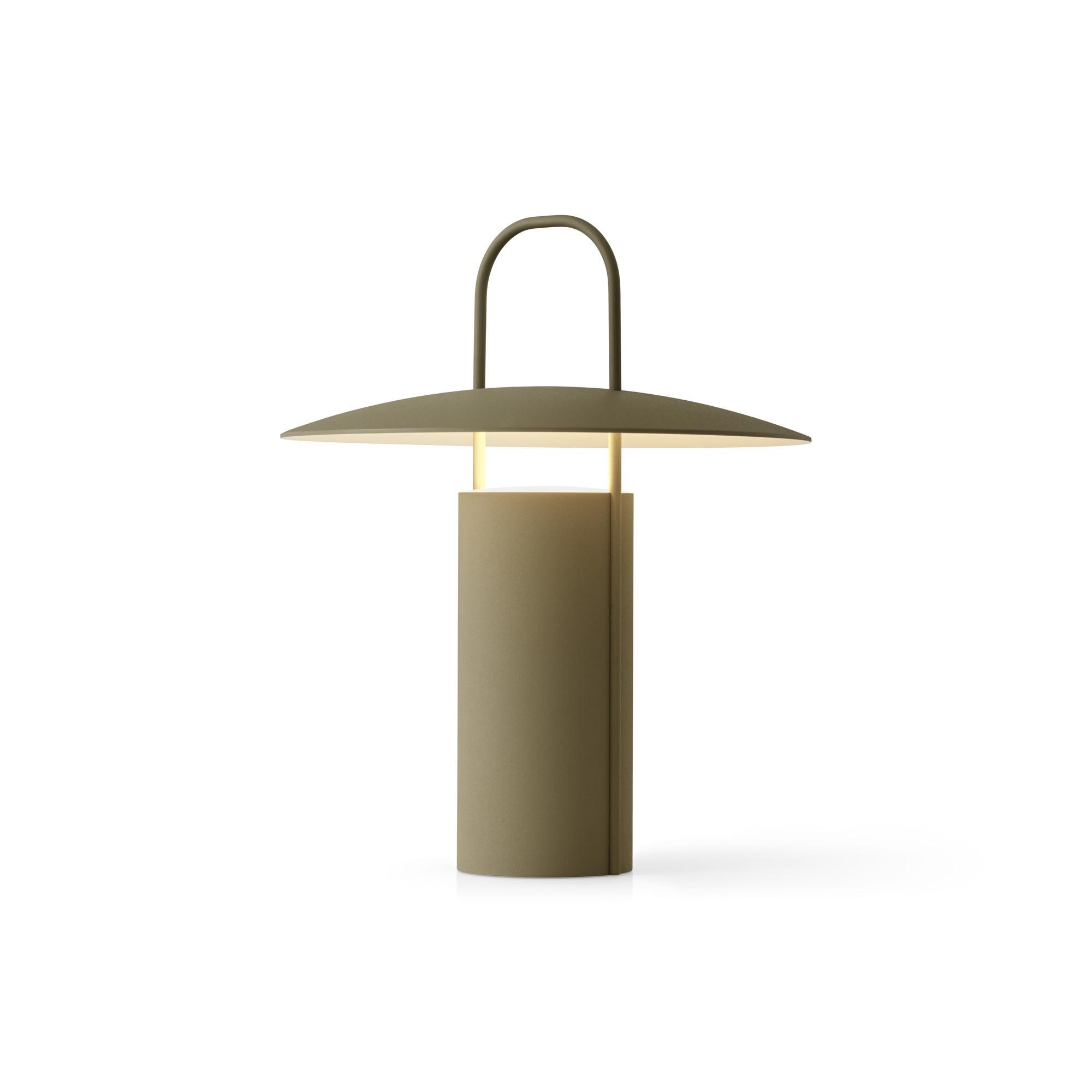
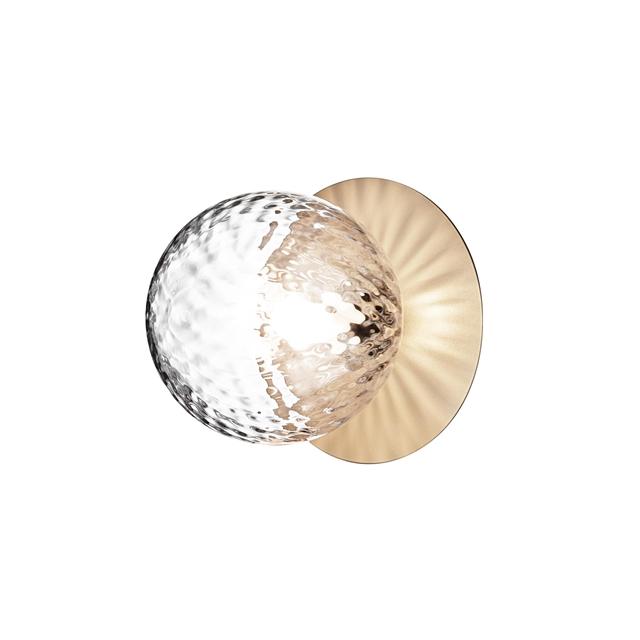
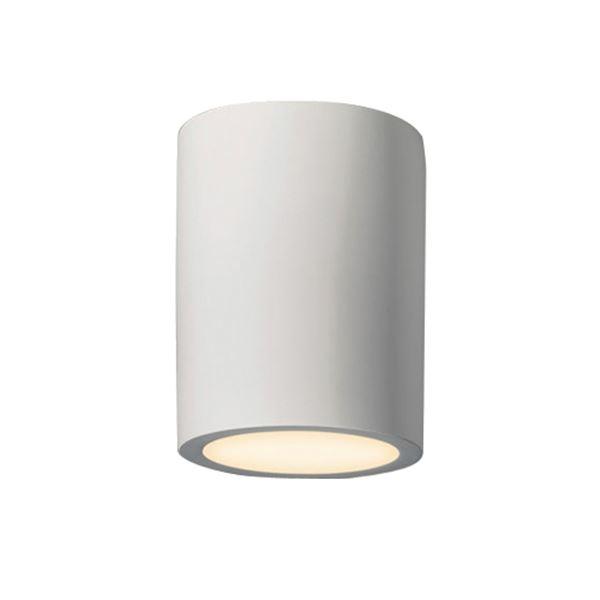
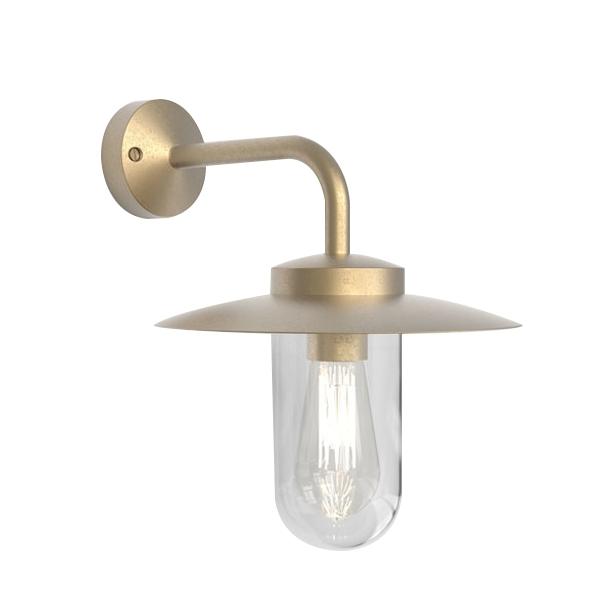
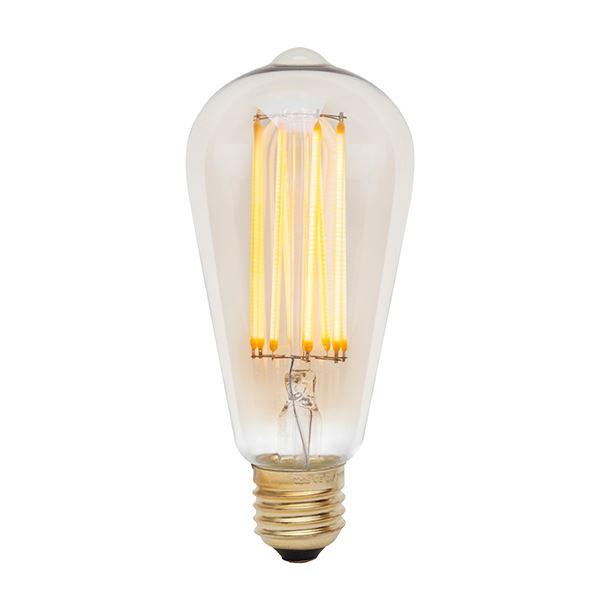
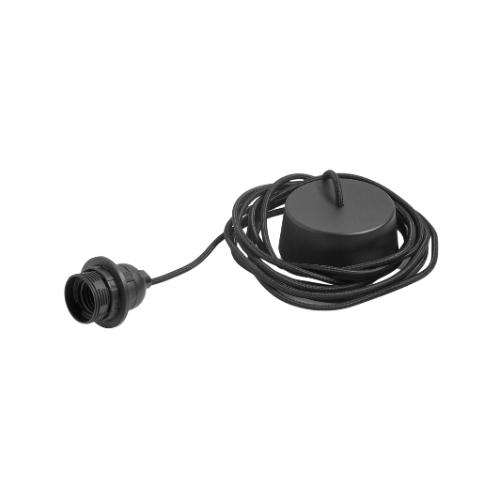
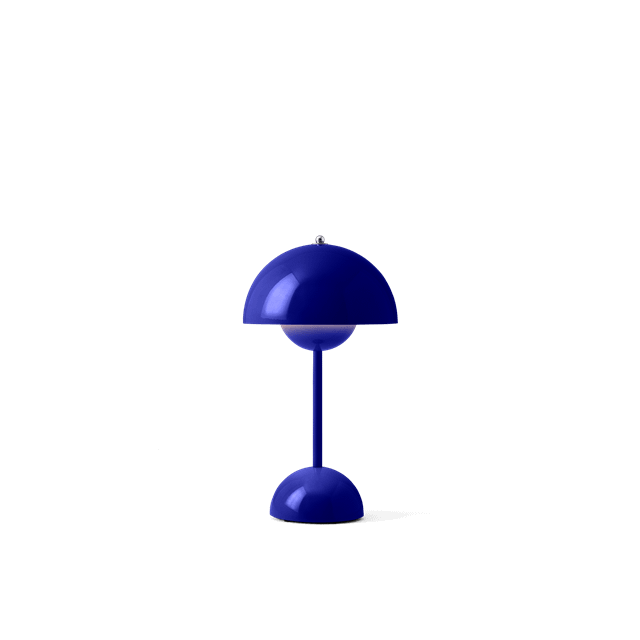
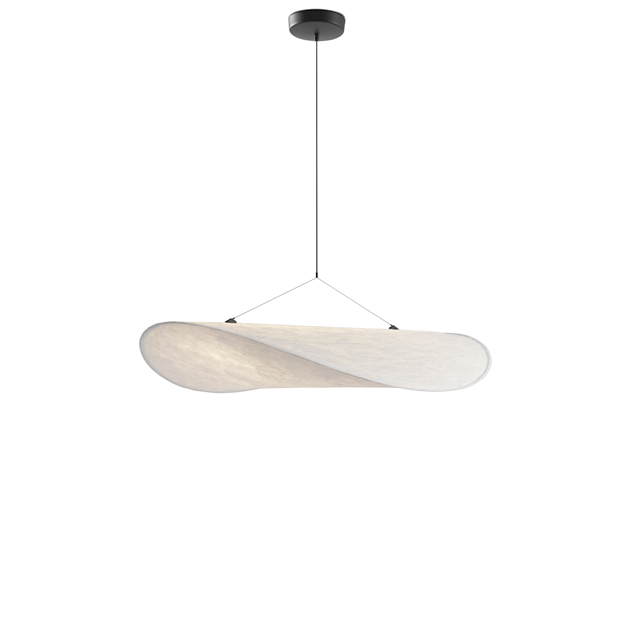
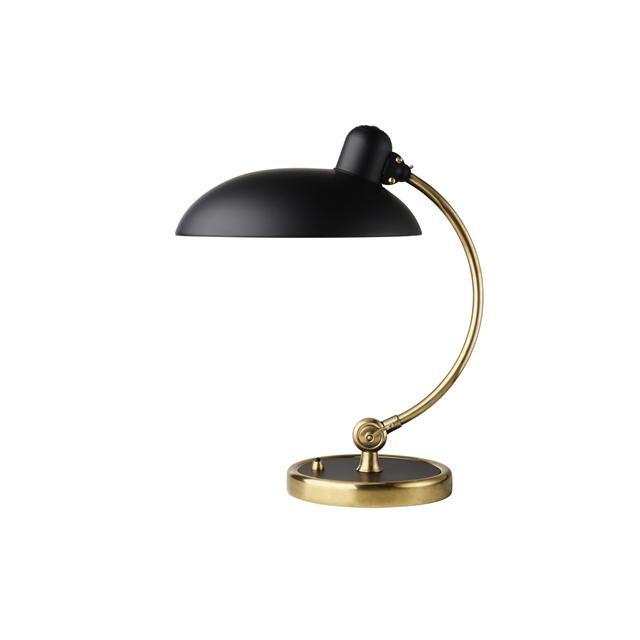
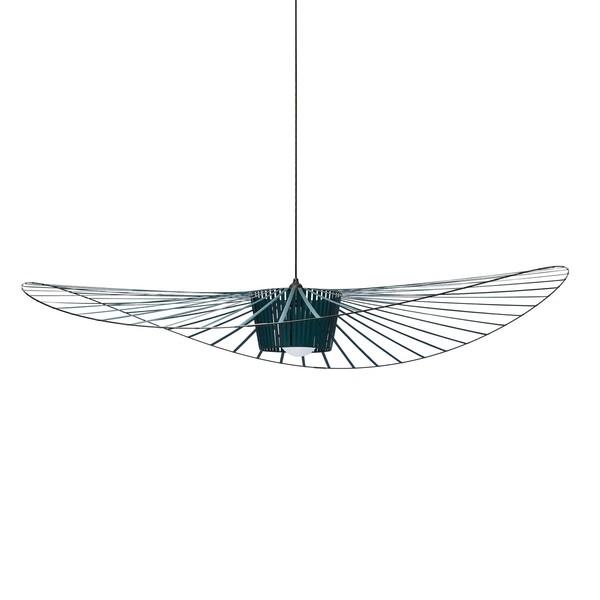
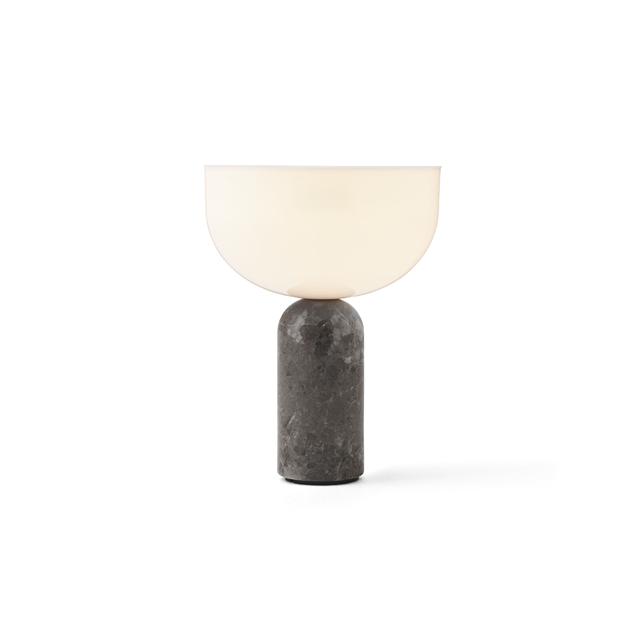
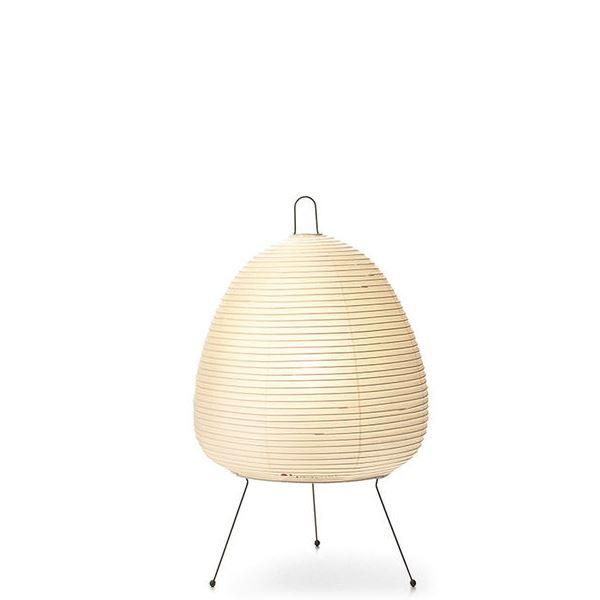

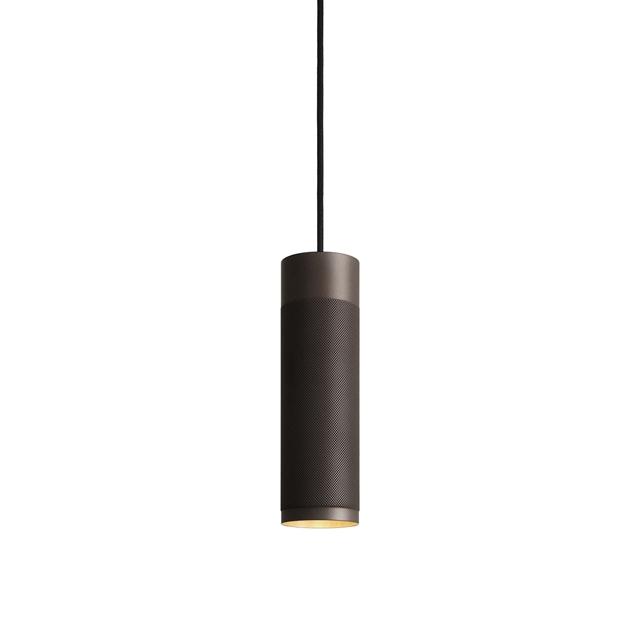
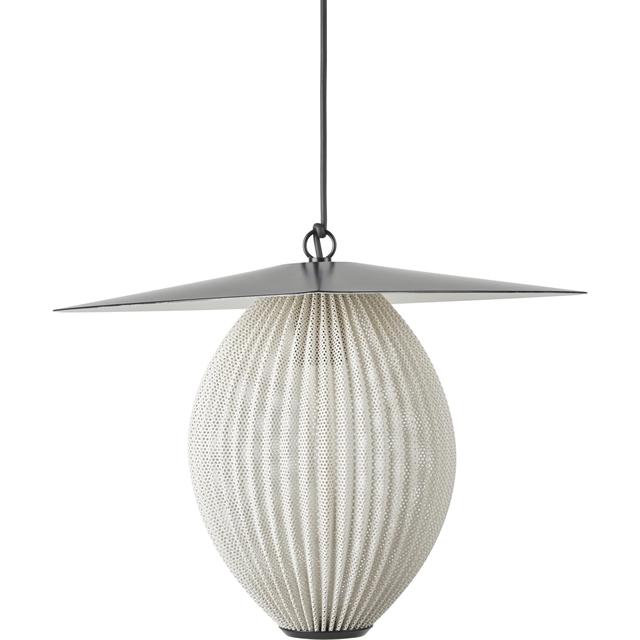
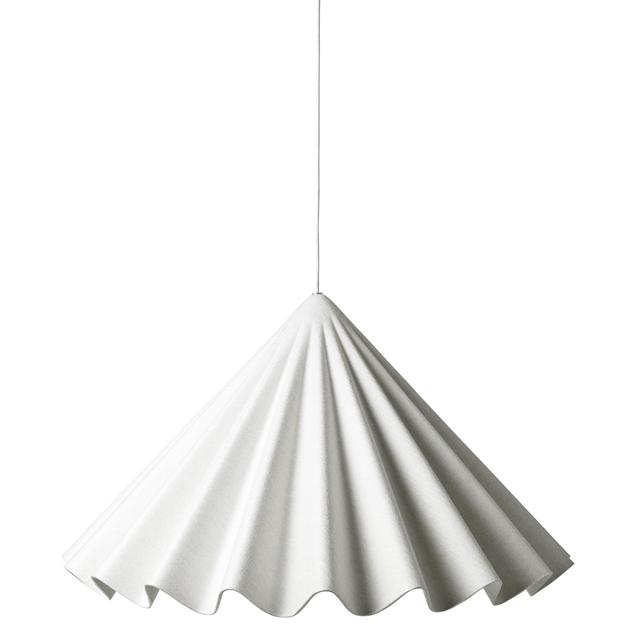
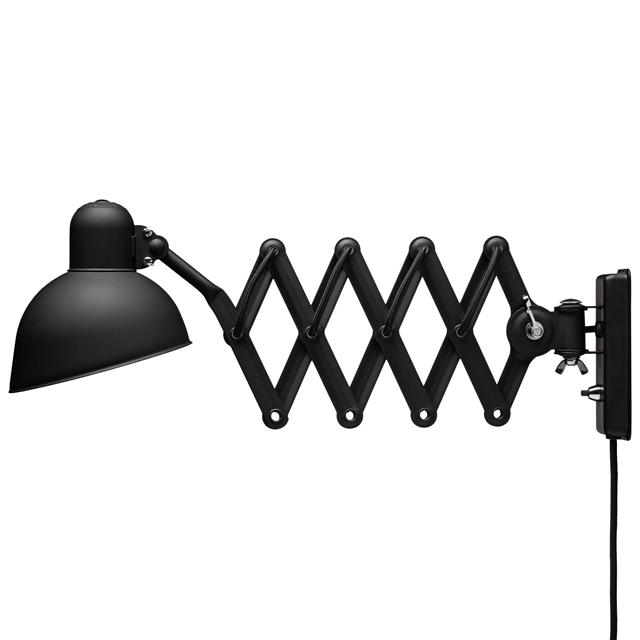
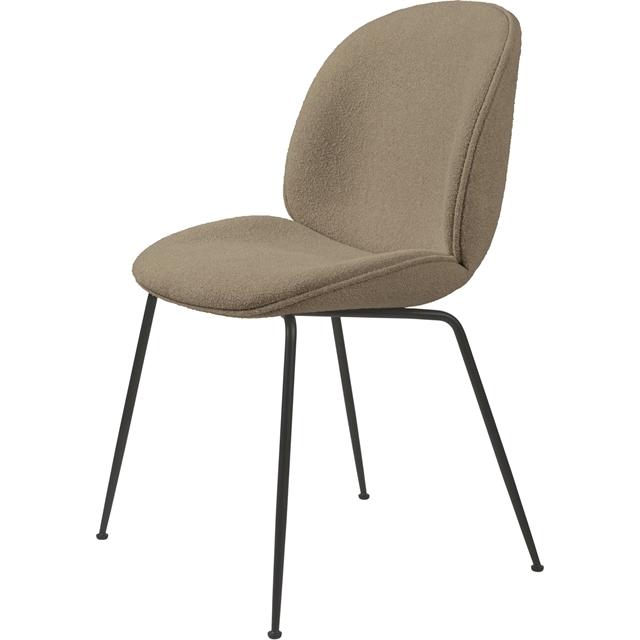

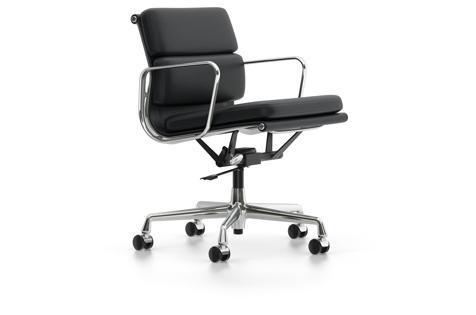
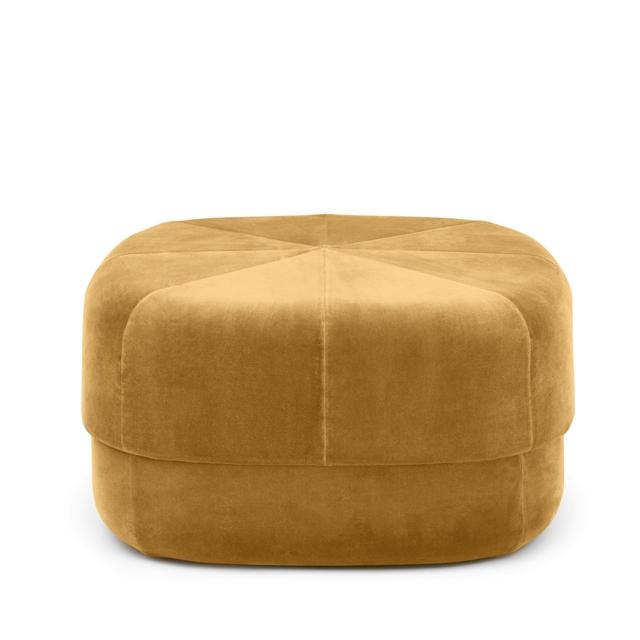
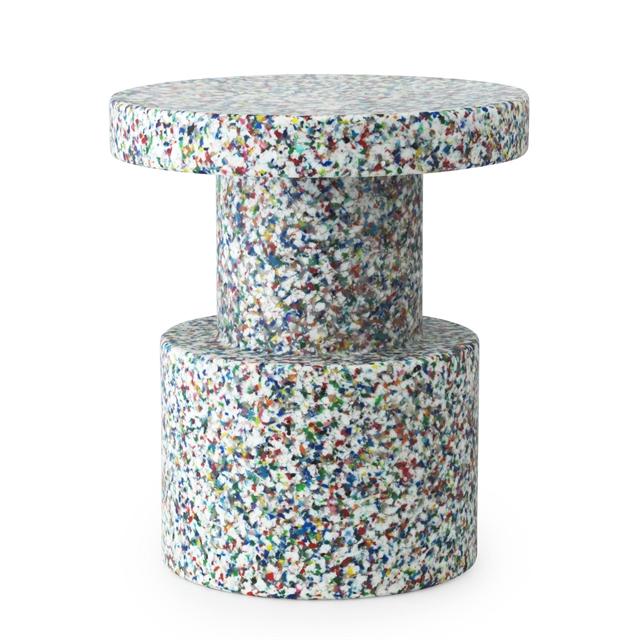
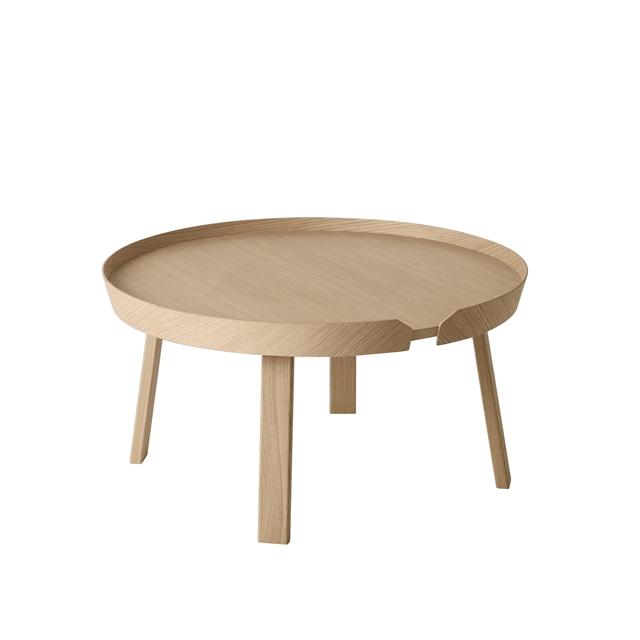
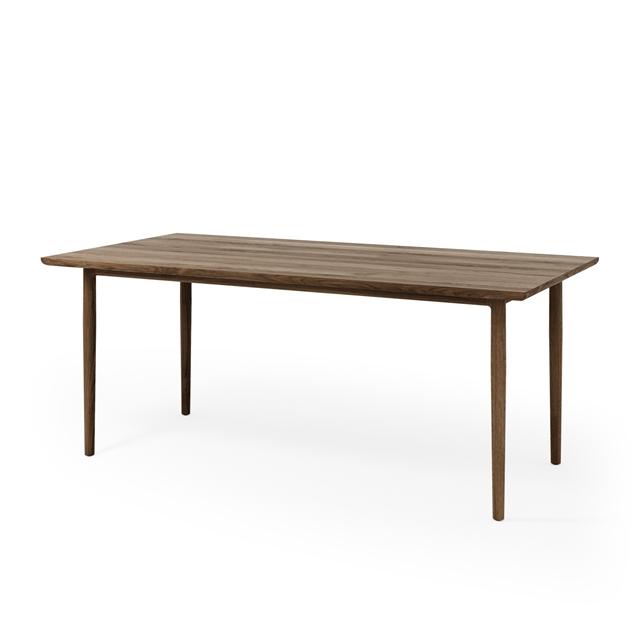
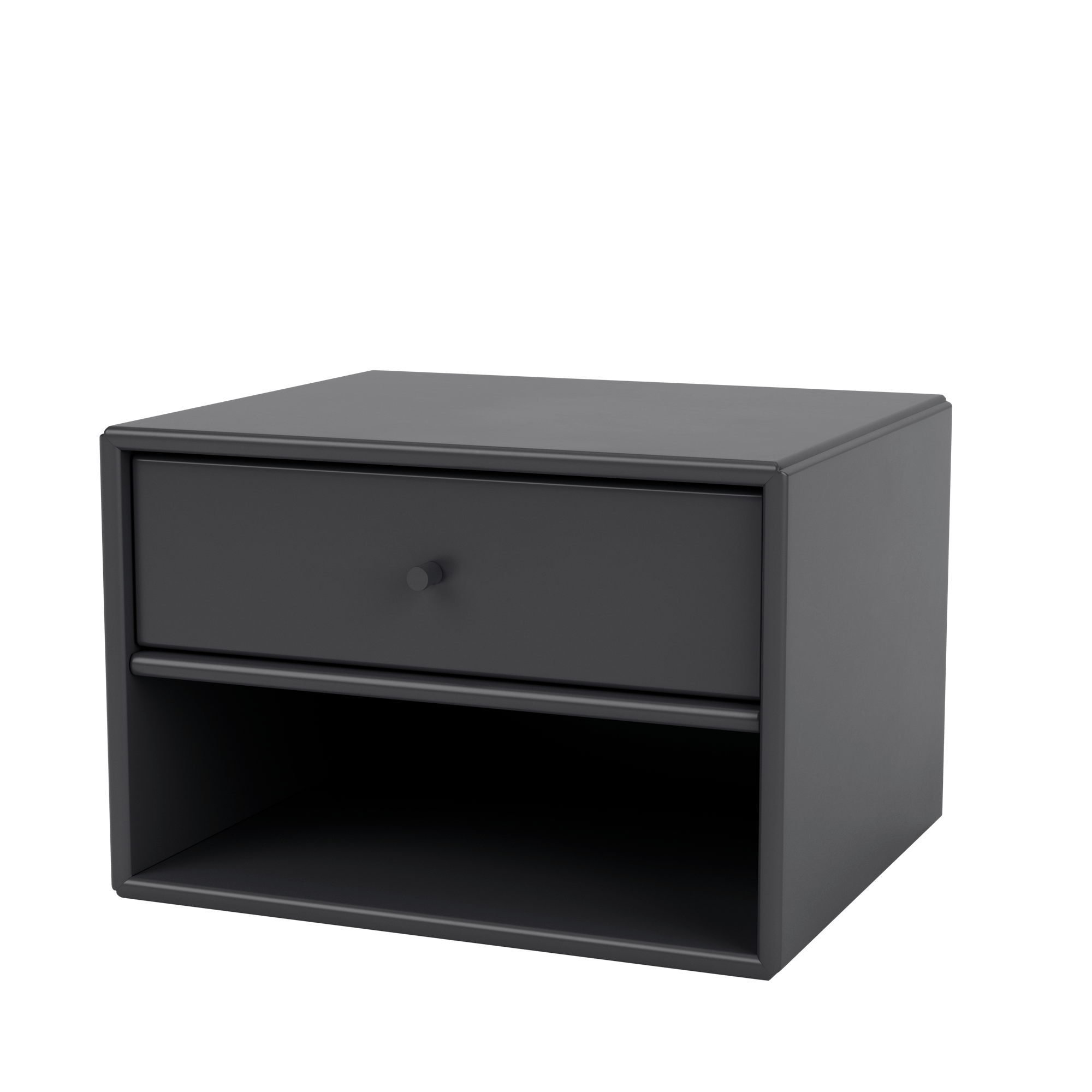
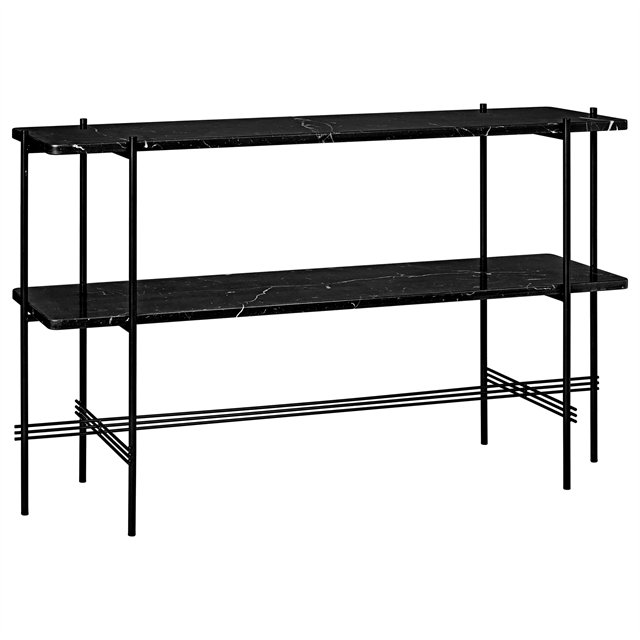
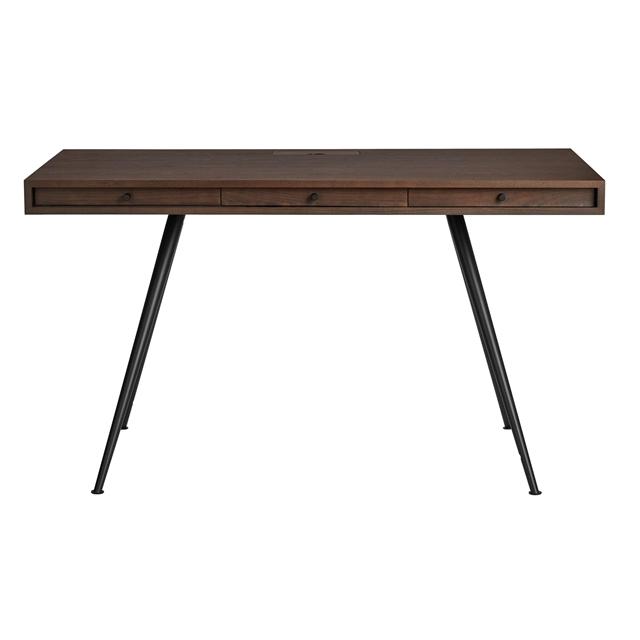
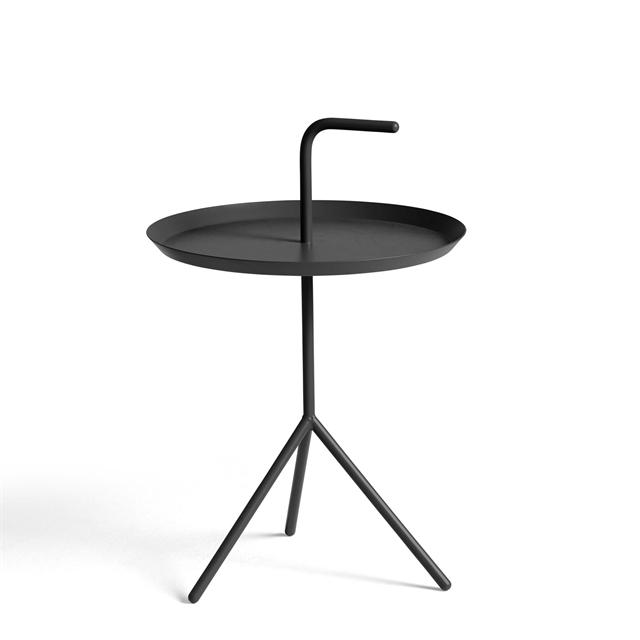
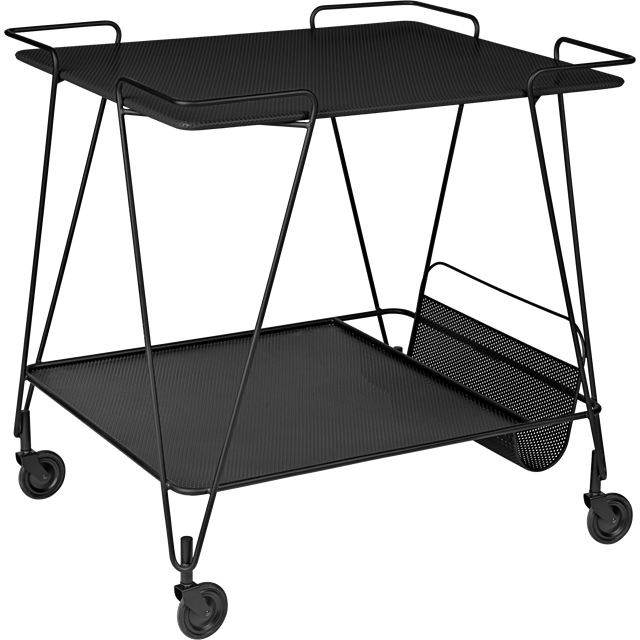
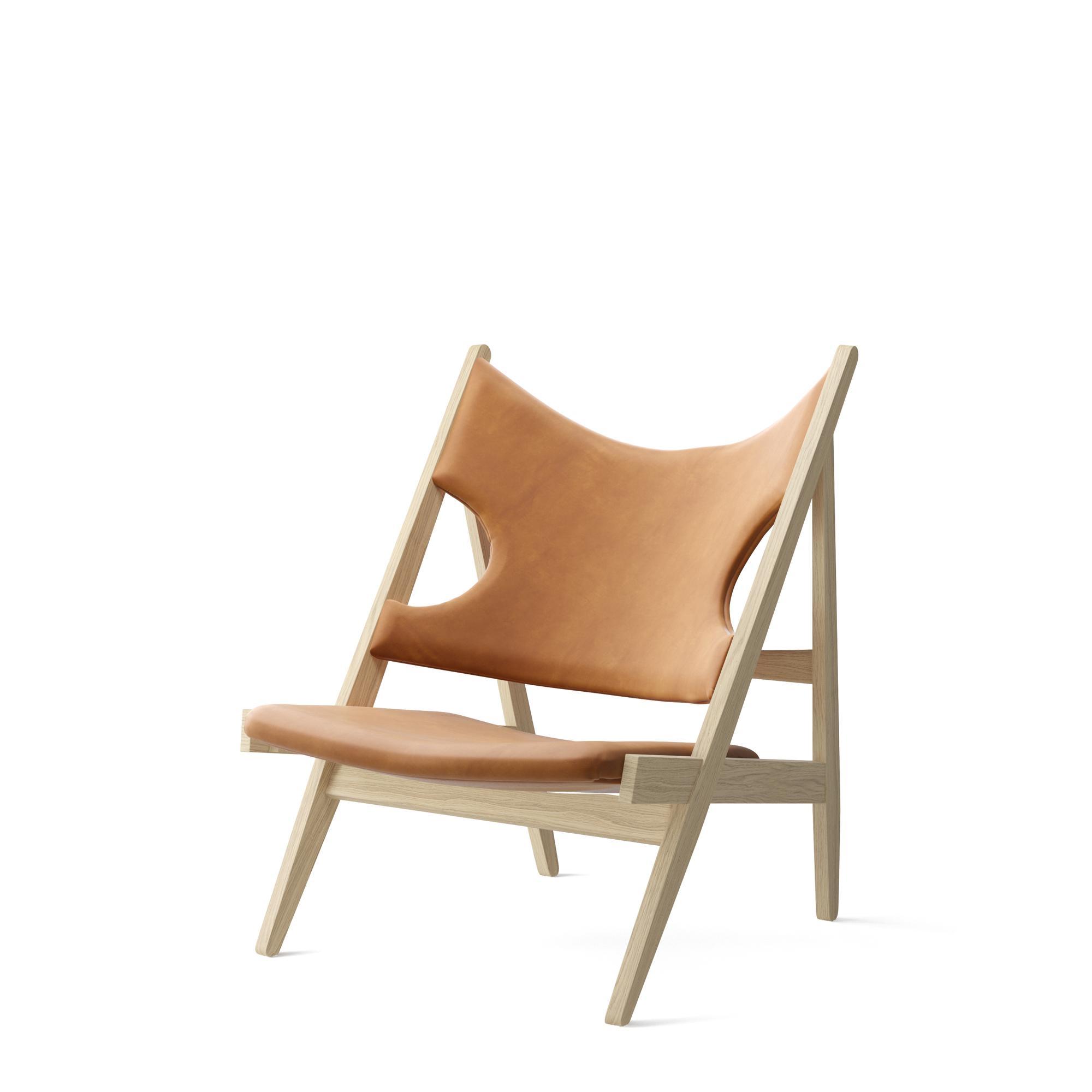
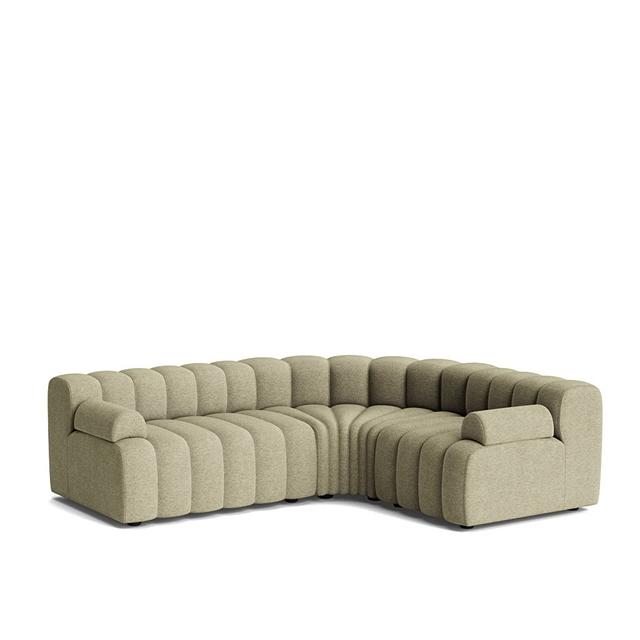
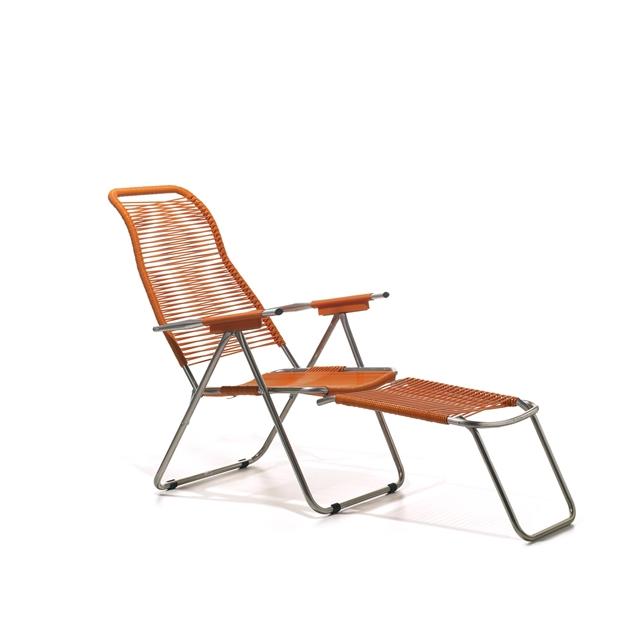

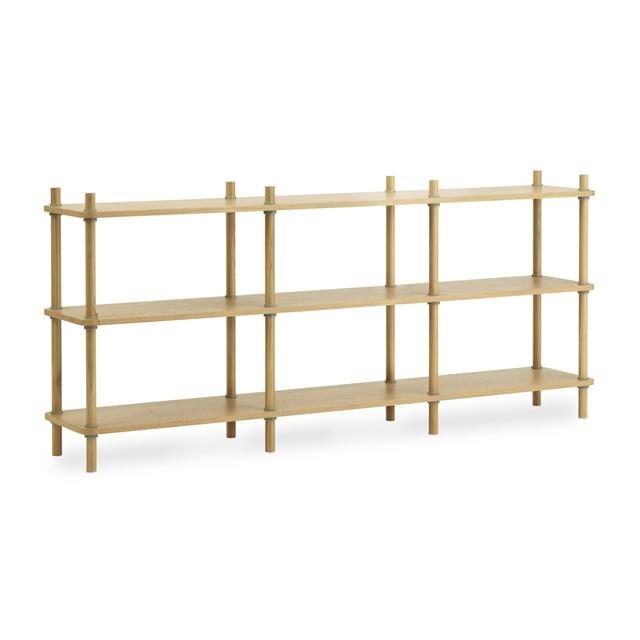
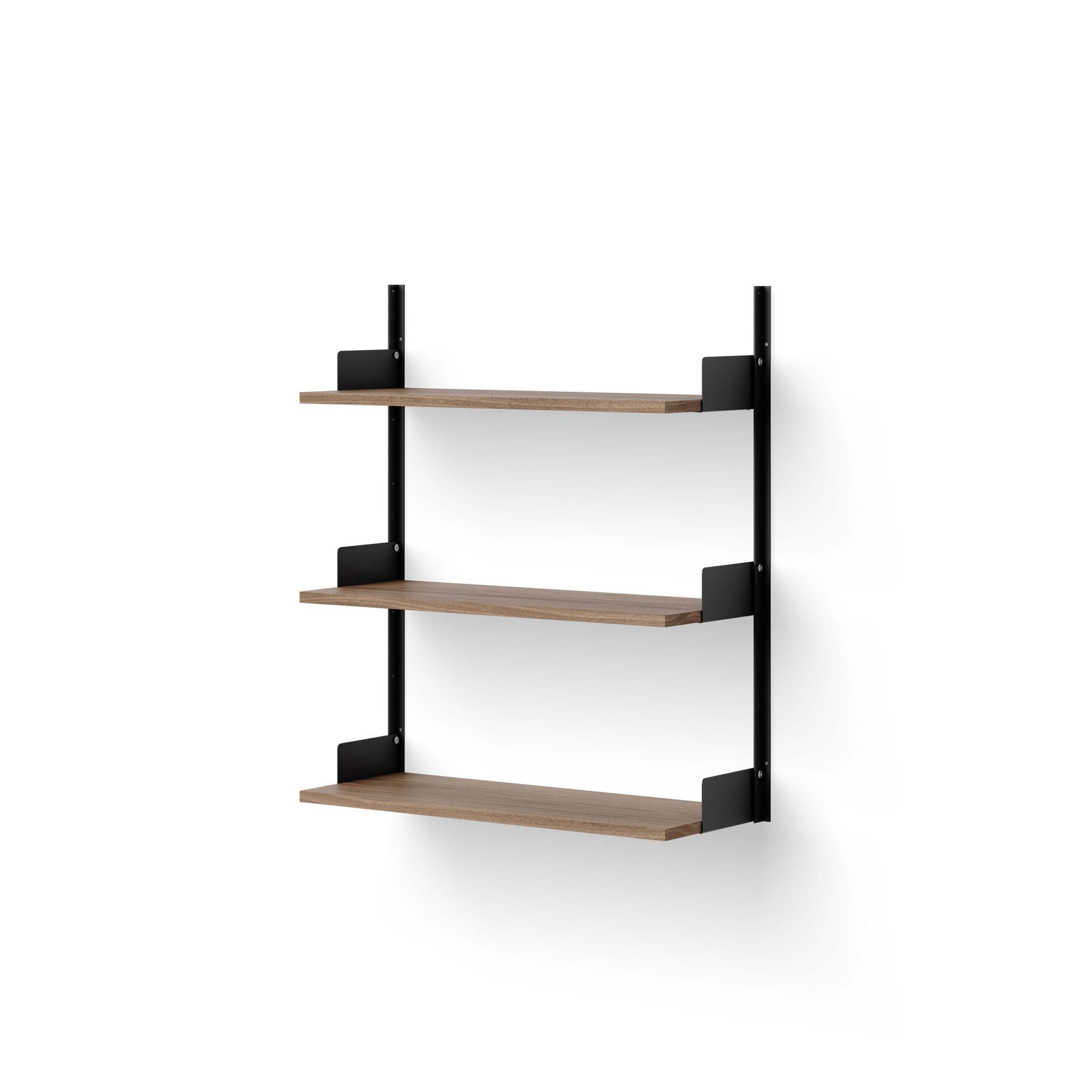
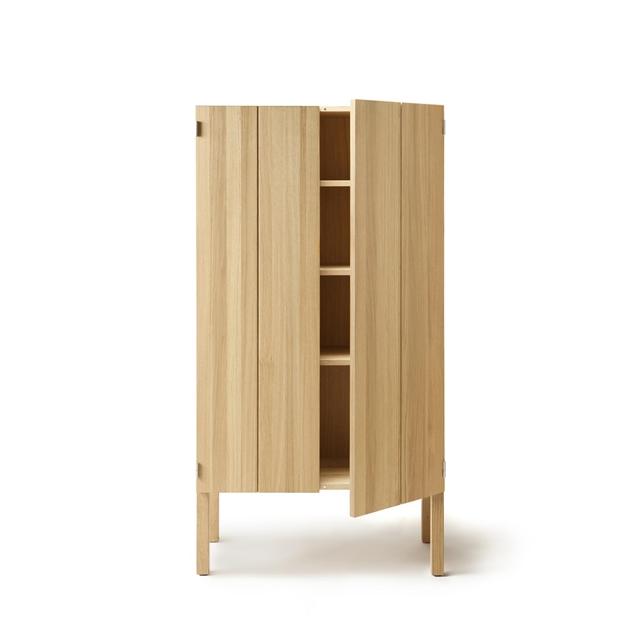
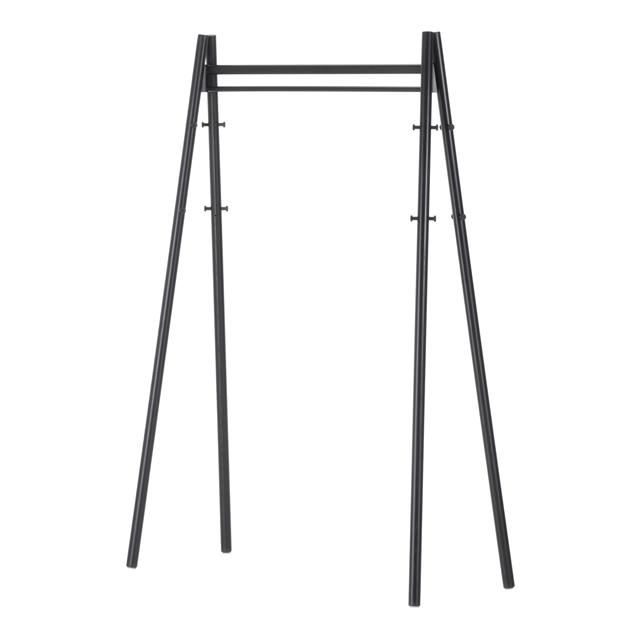
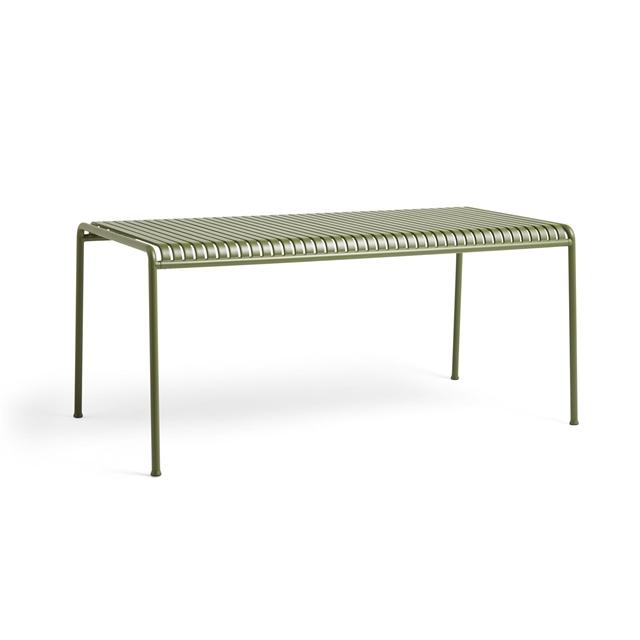

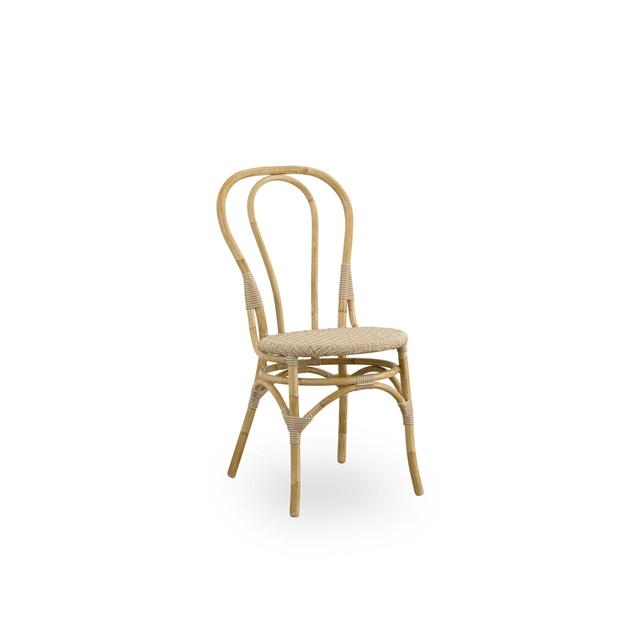
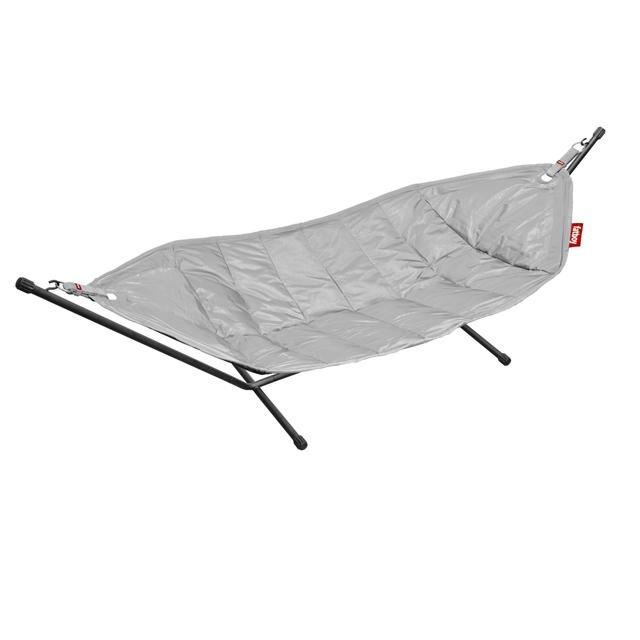
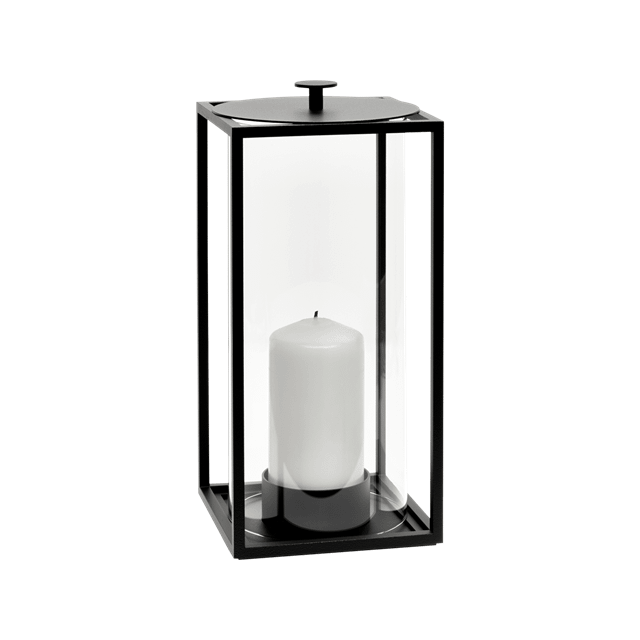
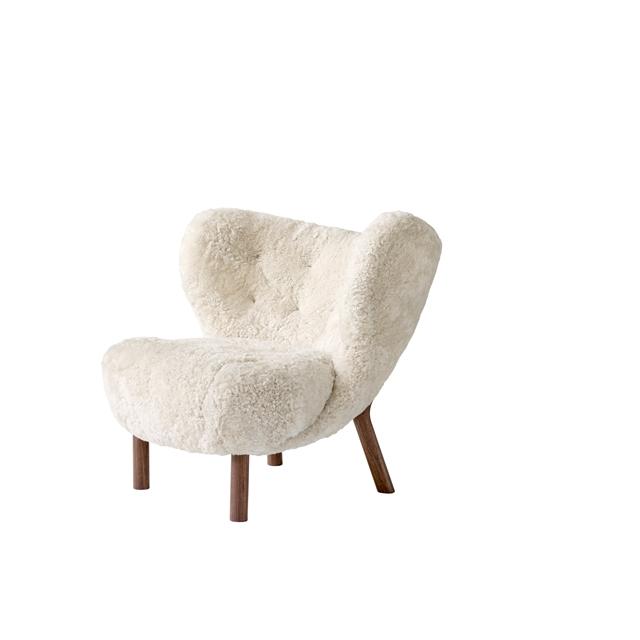


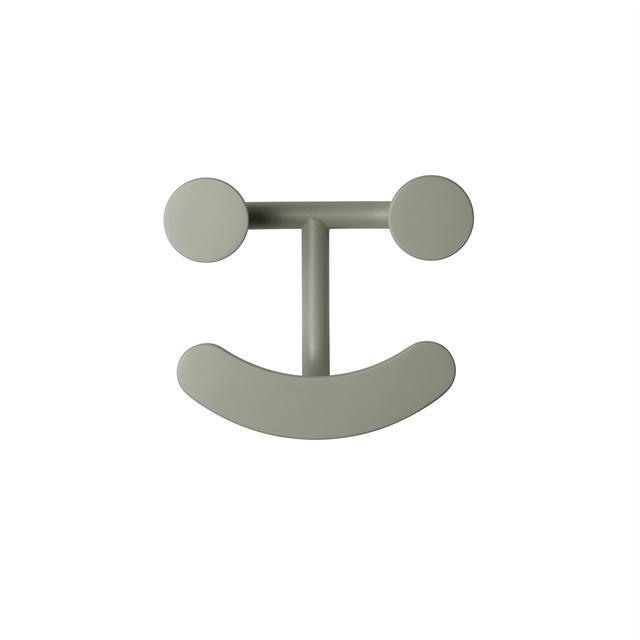
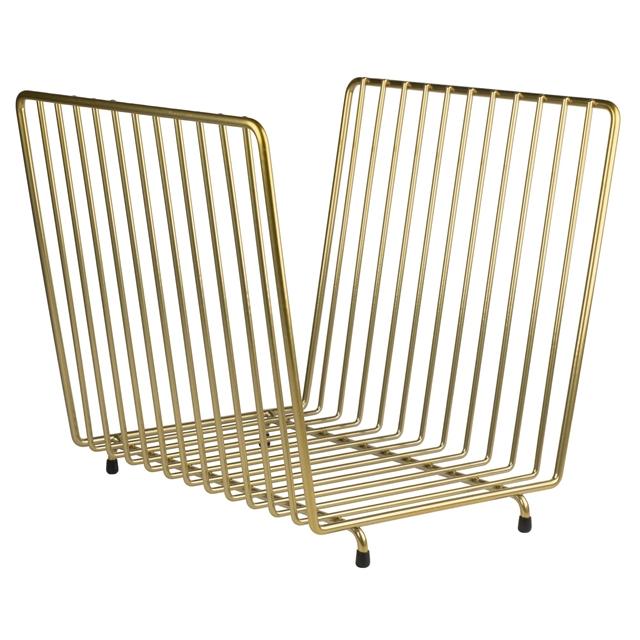
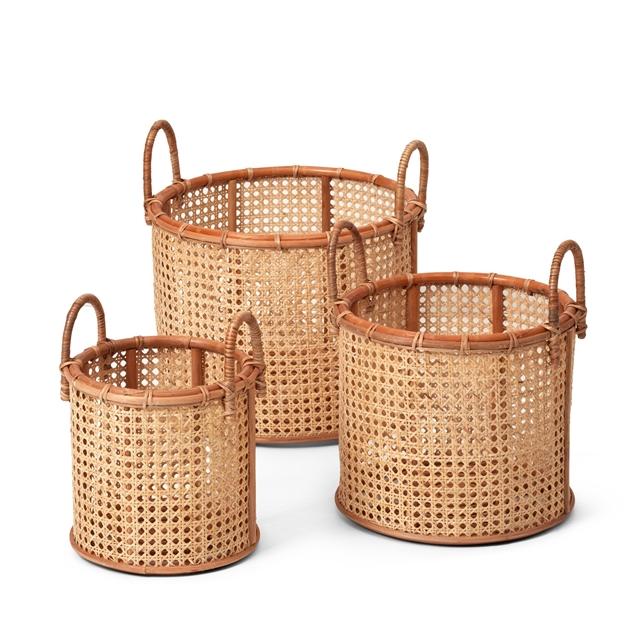
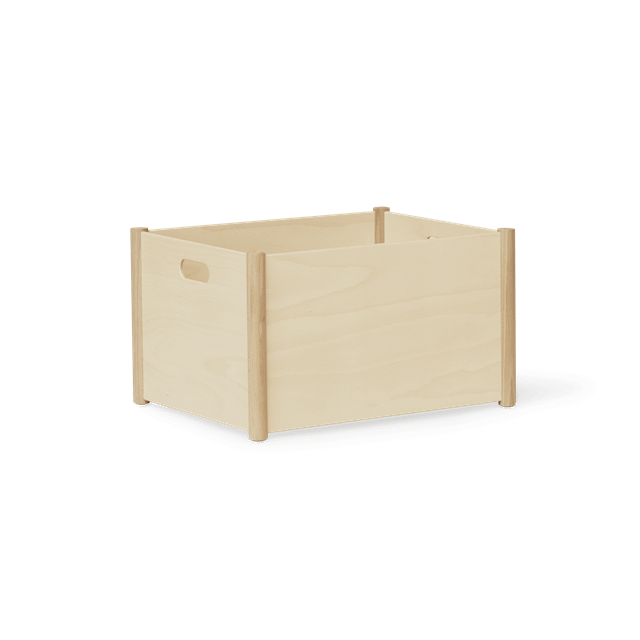
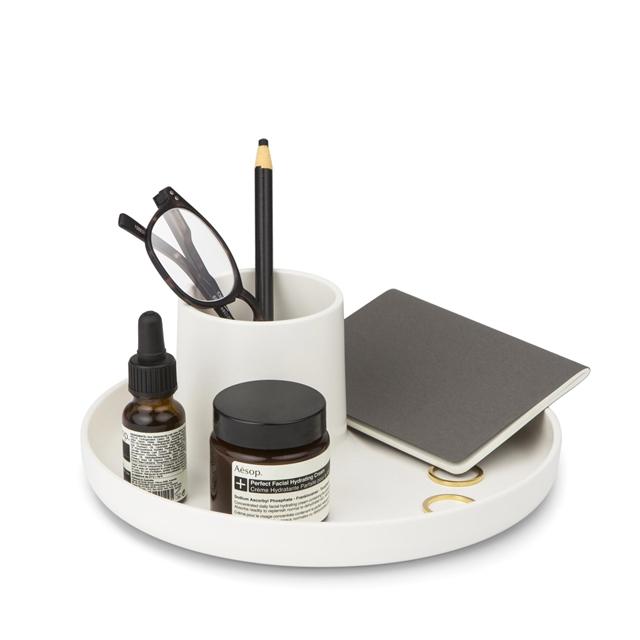
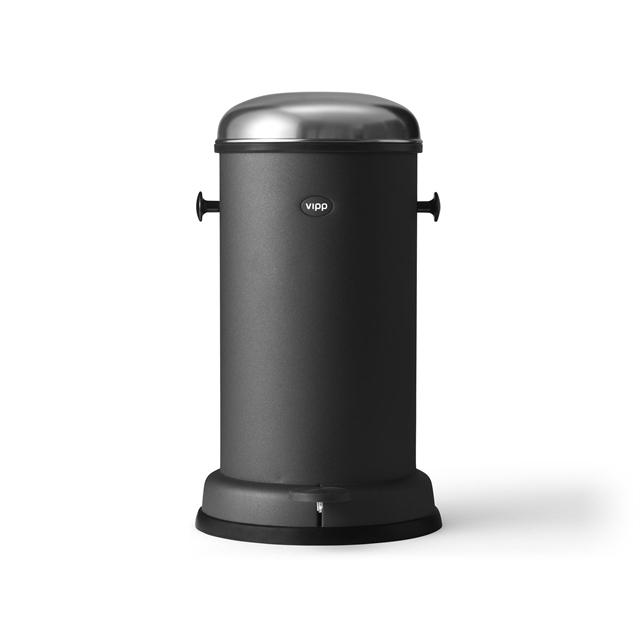

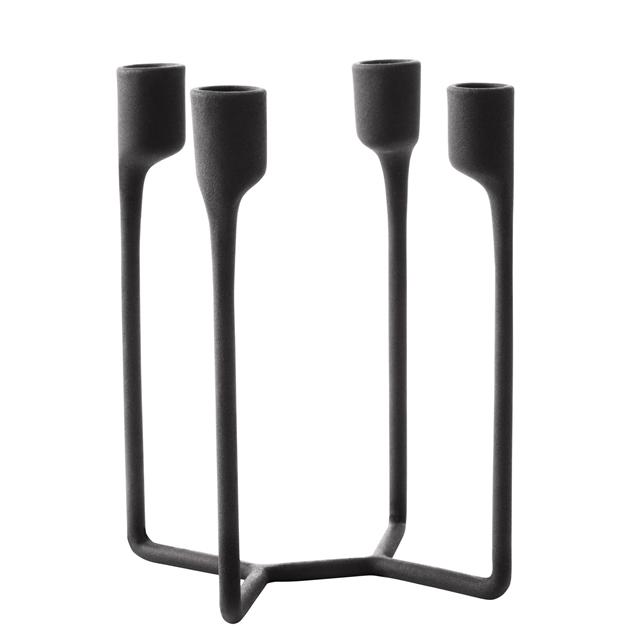


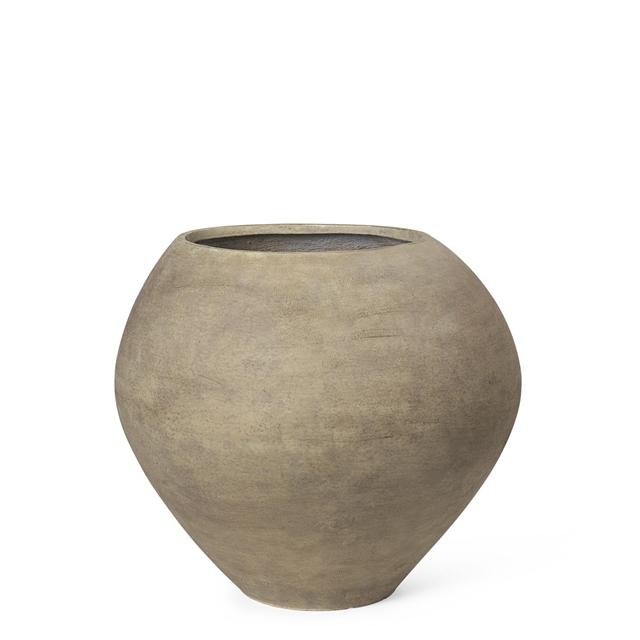
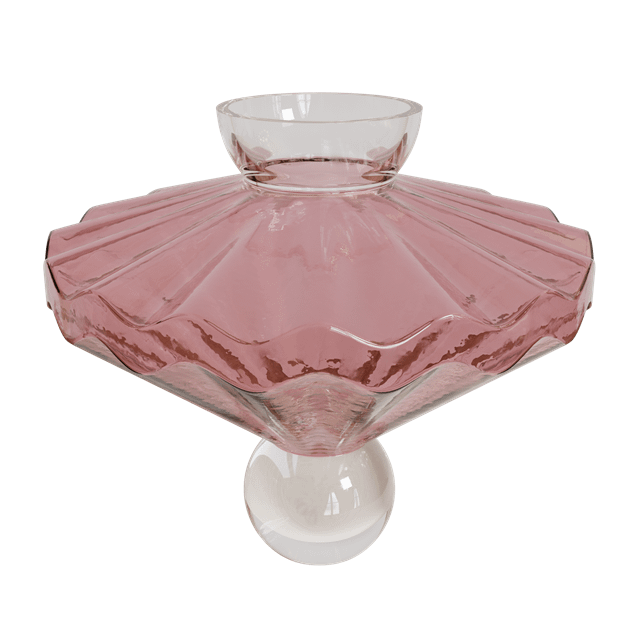

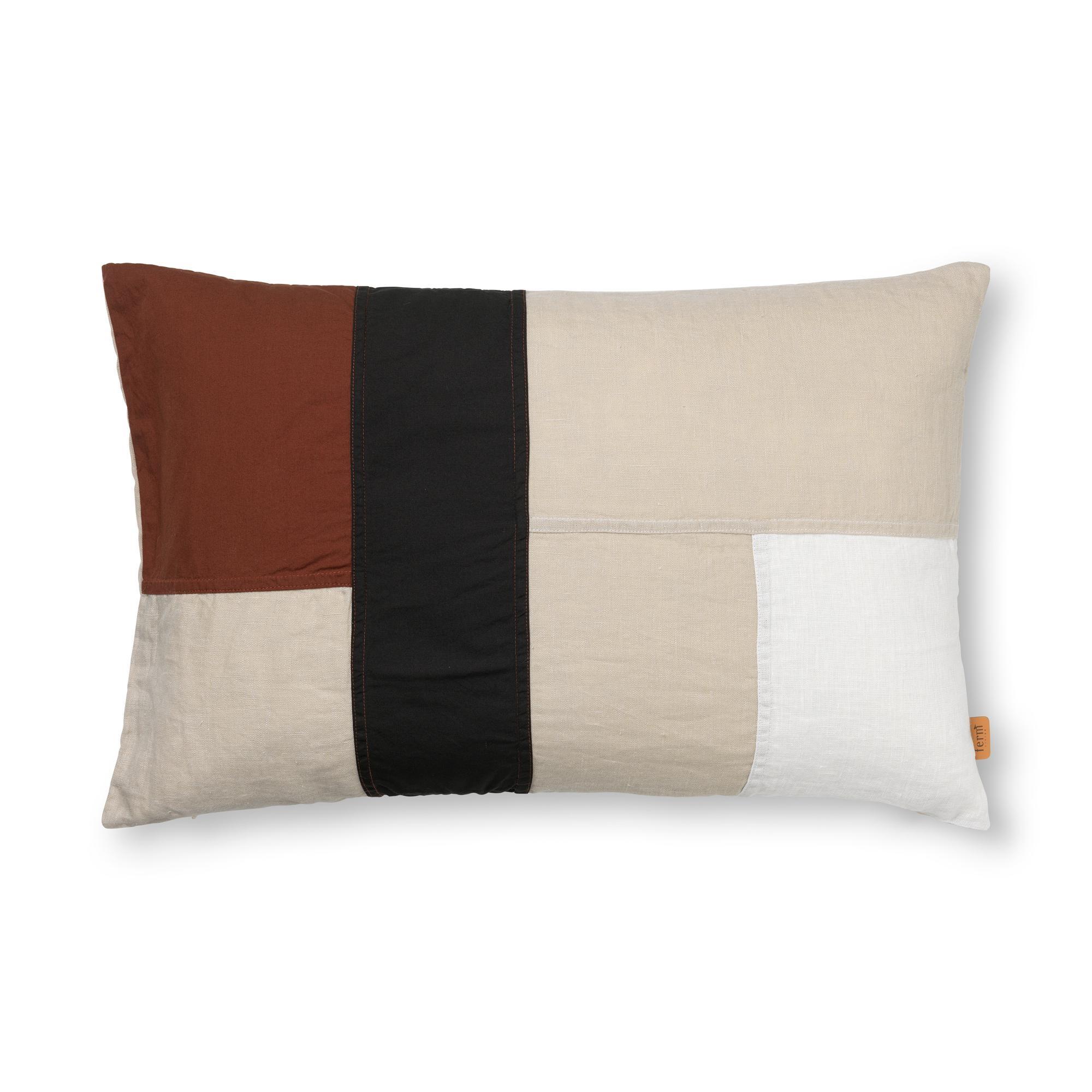
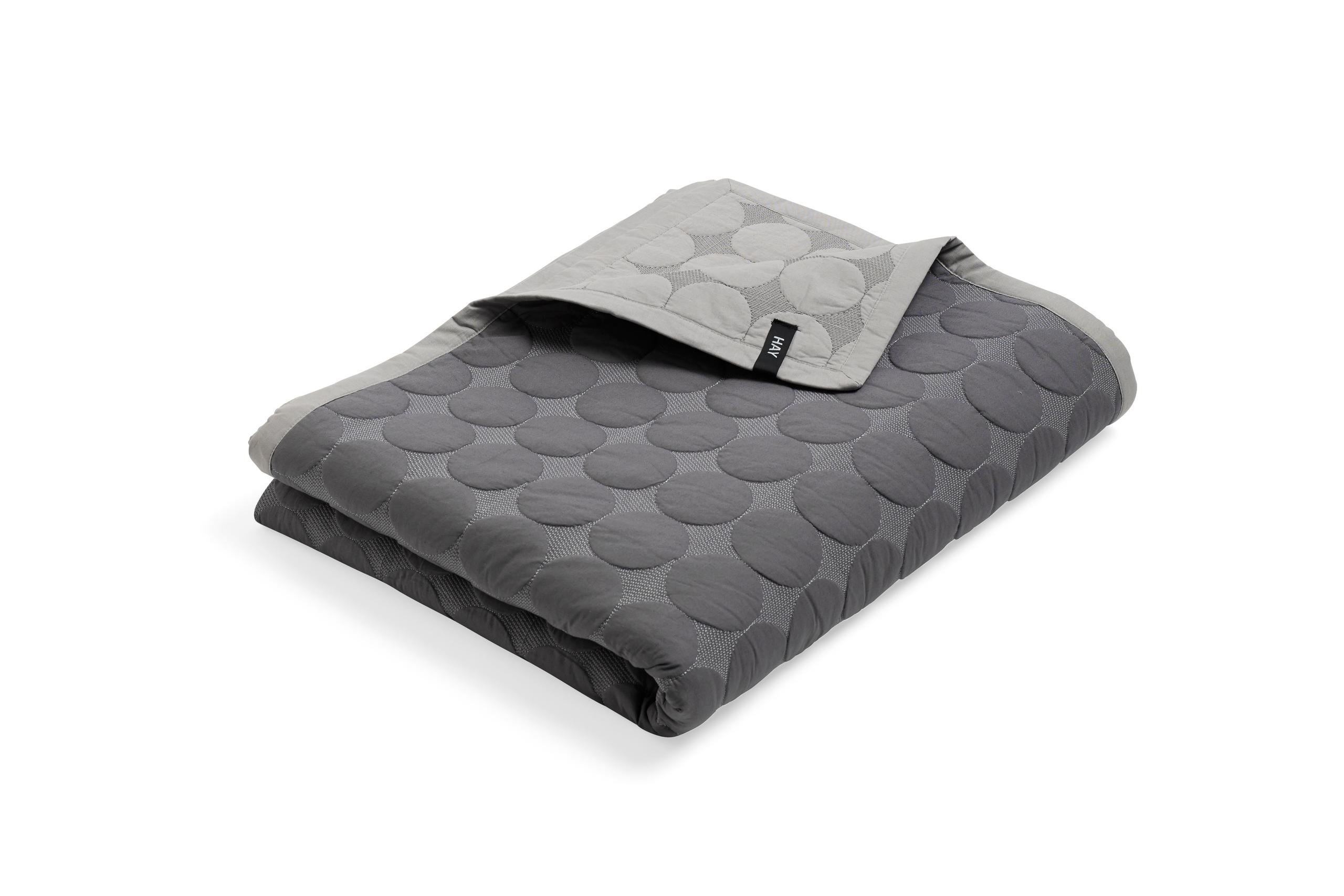

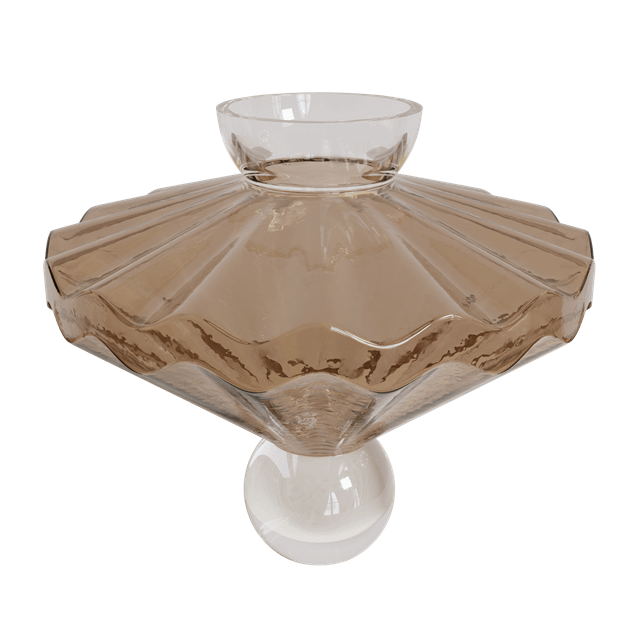
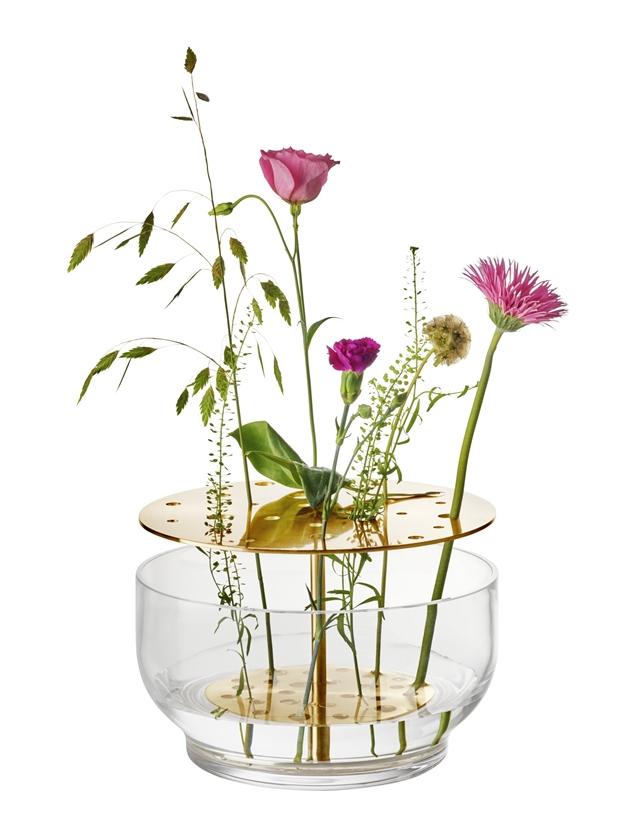
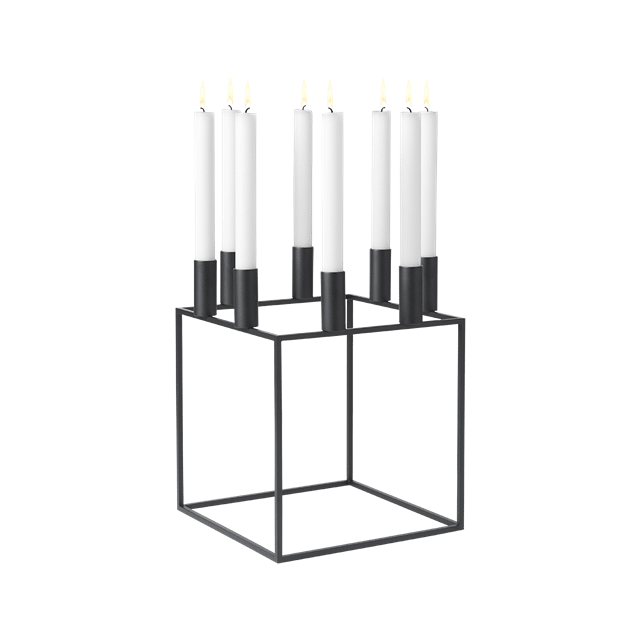
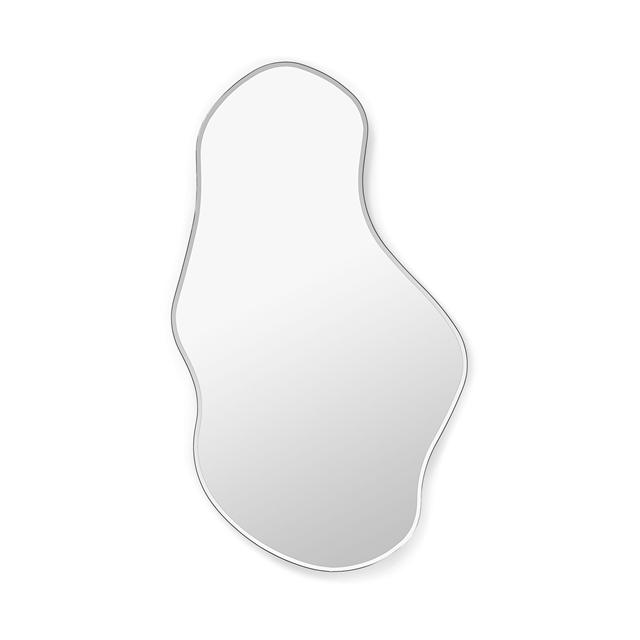
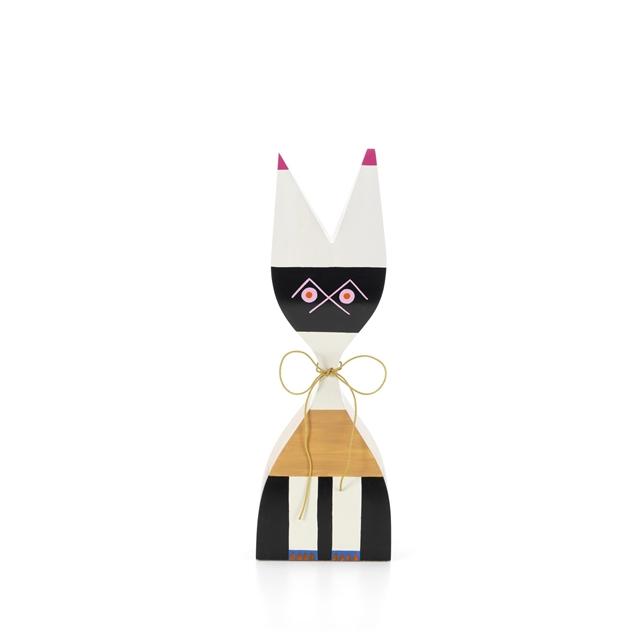









































.png)















.jpg)



